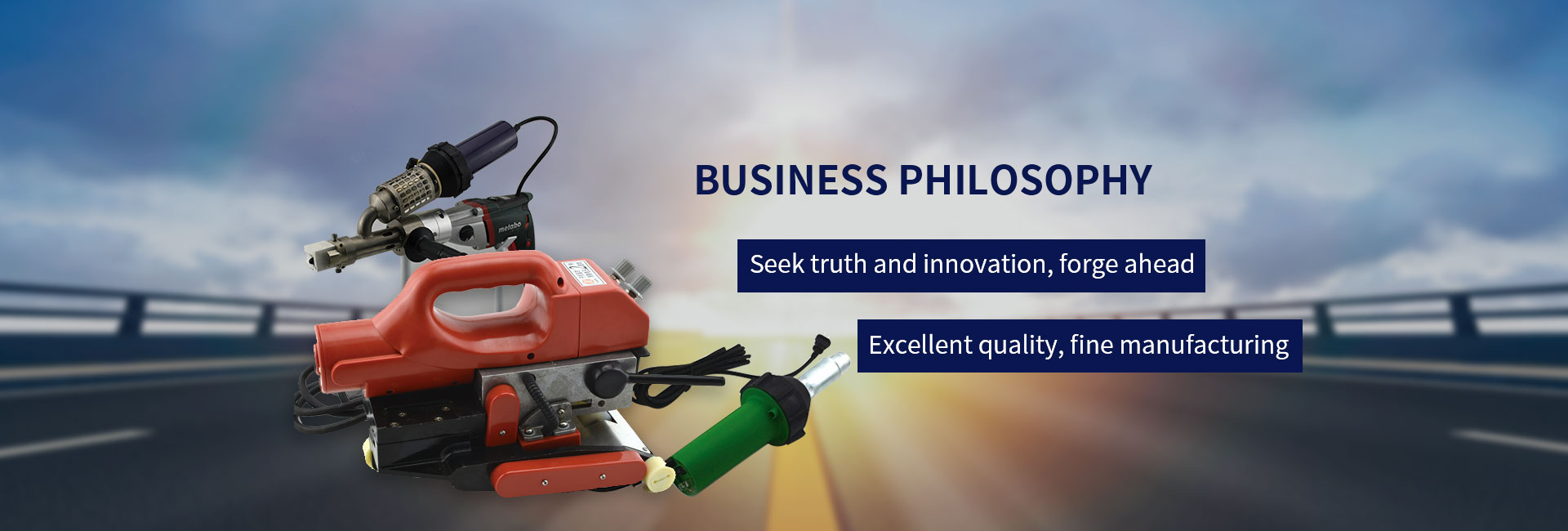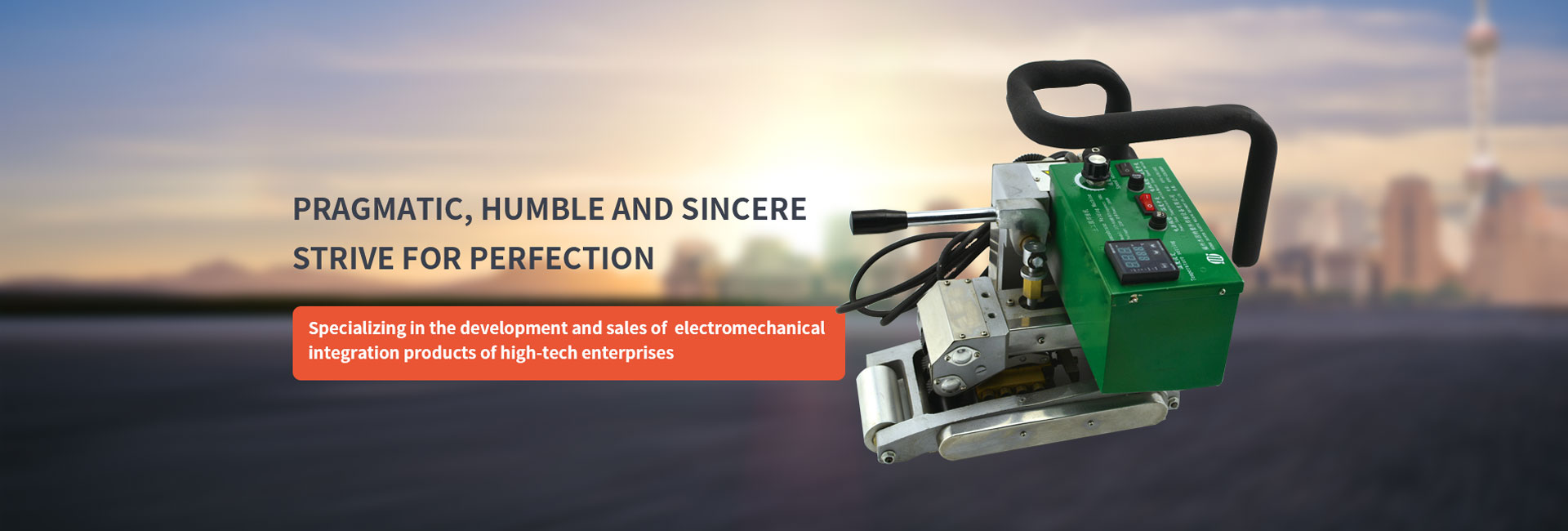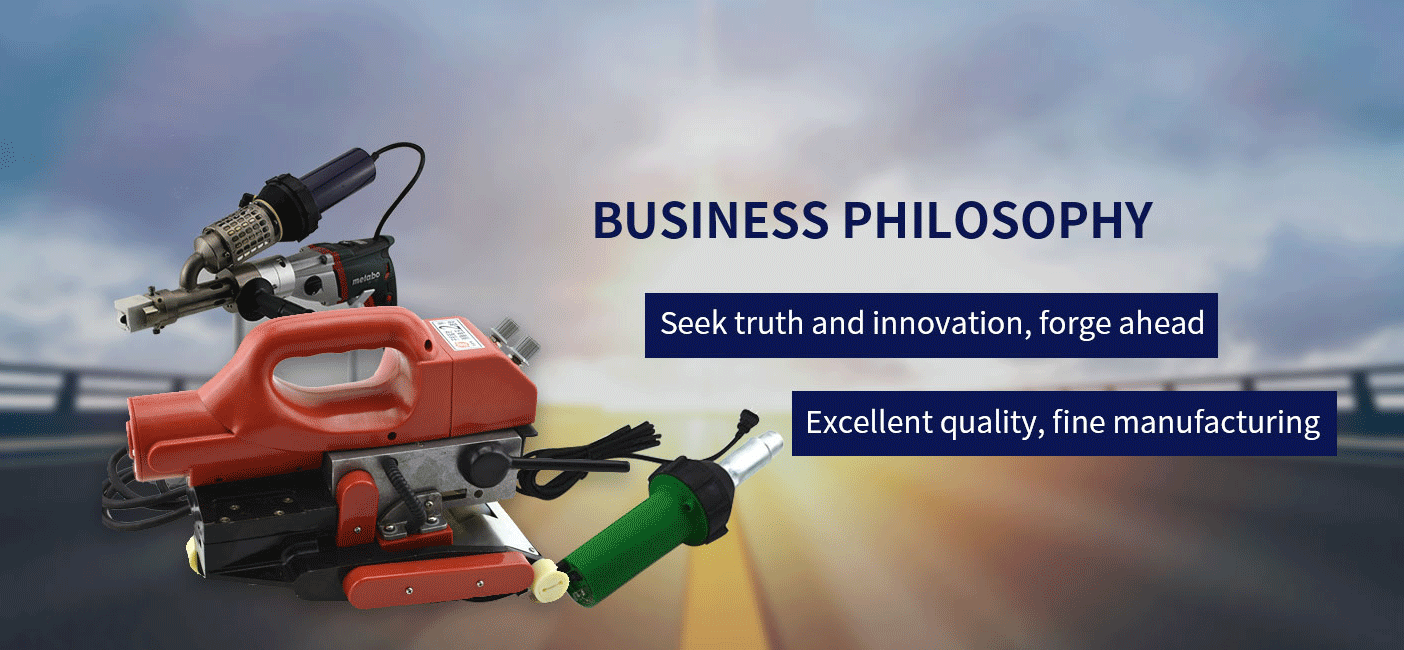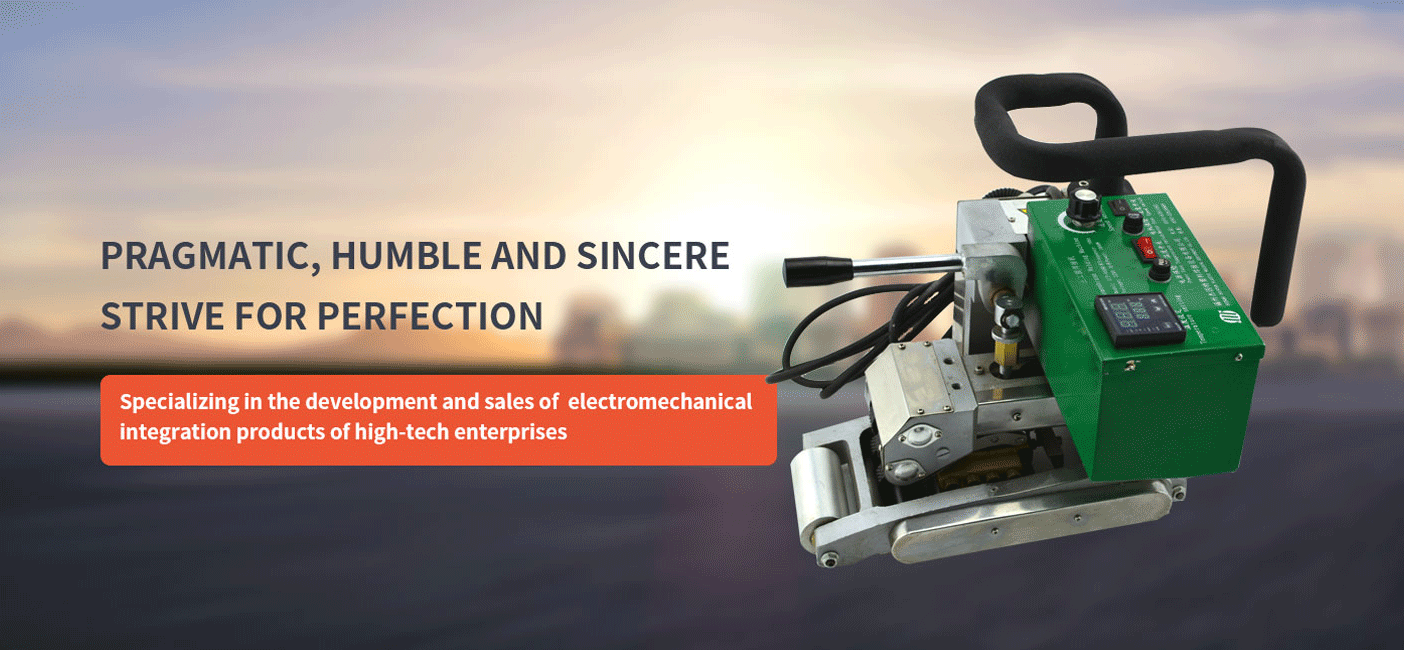Landfill has become a common method in the treatment of industrial solid wastes in China, among which tailings landfill is the most common. With the gradual strengthening of national awareness of environmental protection, higher requirements have been put forward for the construction of tailings landfill. Traditional anti-seepage methods, such as cement concrete, stone stacking, waterproof paint, are no longer applicable. The new waterproof material HDPE geomembrane solves this problem.
Geomembrane has the characteristics of short construction period, simple construction, convenient maintenance, low investment cost, multiple protection and good anti-seepage effect. It fully meets the design requirements of landfill. Geomembrane has good heat resistance and cold resistance. It has good chemical stability, high rigidity and toughness, strong anti-aging and corrosion resistance, good mechanical tensile strength, good dielectric properties and good environmental stress cracking resistance. It is widely used in landfill, tailings landfill, waste landfill seepage control, tailings landfill seepage control. Its construction process is as follows:
Fixed Protection Measures for Welding Laying in Site Processing of Construction Preparations
I. Preparations before laying
A. Before laying the geomembrane, the paving surface should be guaranteed to meet the design requirements and the quality and safety requirements.
B. The material and quality of geomembrane and electrode shall conform to the design requirements and relevant standards.
C. Personnel unrelated to the laying shall not enter the construction site.
D. All personnel entering the construction site of geomembrane shall wear access cards, shoes that do not damage the geomembrane, and no one shall smoke when entering the site.
E. In geotechnical materials, all tools must be handled lightly, not thrown or replayed, and direct contact between thermal tools and geomembrane is strictly prohibited.
F. Geomembrane construction must pay attention to finished product protection.
H. Materials shall not be pulled, lifted or rolled up by any equipment which may cause mechanical damage to materials during loading, unloading and handling. Some uncontrolled deployment methods shall not be allowed to be handled lightly.
Ⅱ.Laying
A. Flatten the impermeable membrane coil to be laid in the open space and cut it into the desired shape according to the scheduled plan.
B. In order to avoid man-made damage in the process of film laying, it is necessary to smooth, stick to the ground, minimize folds, select reasonable laying direction, minimize the stress on the joints, rationally arrange the position of each piece of material, and strive to minimize the joints.
C. When laying film on flat ground, we should reasonably calculate and select the best way of laying film (to reduce the number of welding seams and save materials) to avoid man-made damage in the process of laying film. The dislocation of adjacent welding seams should be laid in the shape of "D". In addition, the deformation and expansion of impermeable film should be reserved when laying film. Generally, the expansion should be reserved for 1%-4%. It should be determined according to the actual situation of the site. In order to prevent the anti-seepage film from being teared by pressure when the foundation is deformed.
D. All exposed geomembranes must be immediately compacted with sand bags or other heavy objects to prevent the geomembranes from being blown up or pulled out by the wind Anchorage ditch.
Ⅲ. Welding
Climatic conditions for welding seams: The climatic conditions required for welding seams are as follows:
(1) Atmospheric temperature ranges from 4 to 40 degrees Celsius:
(2) Drying conditions, especially without precipitation or excessive moisture such as fog or dew;
(3) Wind speed is not greater than 4 grades per hour
A. Hot melt welding:
(1) Geomembrane blocks must be overlapped by 10-15 cm before welding. Membrane blocks must be adjusted so as to minimize the possibility of wrinkling and "fishmouth" formation.
(2) Before welding, the suture area must be cleaned to ensure that there is no water, dust, debris or any debris before suturing.
B. Extrusion welding;
(1) The welding seams of geomembrane blocks shall overlap by 7.5 cm, and the suture area must be cleaned before suturing to ensure that the area is clean and free of water, dust, garbage or any debris.
(2) Hot gas devices can only be used for heating and bonding of geomembrane modules, and care should be taken not to damage the geomembrane, nor should the geomembrane be damaged by polishing.
(3) Electrodes must be kept clean and dry.
Ⅳ. Detailed Practice of Platform Nodes
1. When the soft ladder is used on the slope and the hot melt welding machine is used to weld from top to bottom along the slope, the equipment is artificially lifted when welding to the platform.
For 1:3-1:2 slope, at this time, the geomembrane in the concave step can be mentioned on the same line as the welding track that the welder used to walk. It should be said that at this time, the geomembrane at the step can be welded smoothly and there will be no repair. When the whole length of welding is completed, the geomembrane is pressed into the anchorage groove on the platform with sand bag (the film at the bottom of the slope is not fixed), and then the membrane is anchored in the anchorage groove on the platform with pebbles.
2. When welding from top to bottom, stop welding when welding to platform.
A. When the welding seam outside the platform is finished, the geomembrane is pressed into the anchorage groove at the platform, and the seam is exposed.
B. Blow the overlapping parts of two geomembranes together with a hot air gun.
C. Grooming with grinding wheel and sandpaper (more than 1.5mm), chamfering angle 45 degrees (when welding with extrusion welding machine, because there is an oxide layer on the surface of the film, the geotechnical film to be welded should be grounded. After chamfering, the maximum thickness can be grinded about 0.5mm, and there is a very small uneven concave and convex on the film, which can increase the contact area of the extrusion melt and make the welding effect better). Extrusion welding rod is used to weld here, and the treatment is carried out. Complete.
Be careful:
In the process of welding, in order to prevent the film from being displaced by strong wind after laying, welding and solidification are adopted to advance in sequence. Before welding, wipe the overlap welding surface of the geomembrane reserved; the roller of the welding machine should be wiped clean, and the welding equipment should be adjusted before welding. When welding, always keep the welding machine moving at a uniform speed. The weld inspection test shall be carried out after the weld is completely cooled. Until the weld meets the requirements.
Ⅴ.Quality Requirements and Inspection
A. Self-inspection, with the amount of geomembrane laid daily as a working surface, as a unit. Make good inspection and record.
B. Inspect all welds, weld joints and damaged repair parts.
C. Visual inspection of all welds should be continuous. The exposed edges of welds in hot-melt welders should be crossed with inspection rods. No leakage, open and virtual welding should occur.
D. After laying and welding of geomembrane, no serious concave and convex phenomenon is allowed.
E. All hot-melt welds can be destroyed by experiments. When shearing and peeling with a tension machine on site, the base metal will be torn and destroyed, and the weld will be qualified if it is not torn and destroyed.
Ⅵ.repair
In the course of laying, any defective or destructive geomembrane and non-destructive test should be repaired to avoid affecting the overall anti-seepage effect.
A. Small holes should be repaired by extrusion welding. If the holes are larger than 6mm, they should be patched.
B. Peeling should be repaired with patches. If peeling has a sharp end on the slope, it should be cut into a circle before patching.
C. The surface of geomembrane that needs patching should be repaired, polished and cleaned in advance.
D. The folded geomembrane should be laid again, and the patched joint should be parallel to the slope, not cross.
E. Patches shall consist of the same geomembrane and be cut into circular or elliptical shapes. The size of patches shall exceed at least 15 cm of the defect edge.
F. All patches should have the same thickness as the original geomembrane. Almost all patches should be flattened by a grinder before placing them on the geomembrane. All surfaces should be kept clean and dry when repaired.
G. Non-destructive testing should be performed at each repair site and a good record should be made.
Anchorage ditches are used for anchoring around the landfill site and for sealing and embedding. Anchorage ditches are required to be 40 CM away from the construction plane, 40 CM wide and 40 CM deep. Films are pulled into ditches into U-shaped shape and fixed with sand bags or concrete structures.
Ⅶ. protection
In order to strengthen the protection of the impermeable membrane exposed to the outside world and make the service life longer, we usually use the following ways.
1. Put a layer of geotextile on the film to protect it, and a layer of sandstone or soil on the geotextile to protect it twice.
2. Lay a layer of fine soil on the film or make a layer of concrete with wire mesh, then beautify it.
Attention should be paid to the following issues:
1. Geomembranes can be constructed in moist environments, but should be avoided immersion in water.
2. If there is water and gas on the ground, drainage measures should be taken before laying, so as to prevent the geomembrane from being welded after sticky water.
3. In loading and unloading, according to the principle of careful handling, throwing, dragging, rolling and damage are strictly prohibited.
4. Store the products in a cool and dry place. No sun exposure or rain is allowed.




